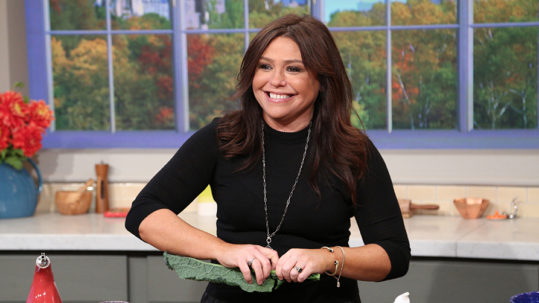08 Jan Caregivers: Resources To Consider
It’s a situation that most American families face at some point: As senior parents age, caregiving issues emerge. If you’ve encountered this scenario in your family, there probably wasn’t a lot of discussion among parents and adult children about finances and expectations for care and caregiving beforehand.
For many seniors, it is taboo to talk about finances, even within their own family. The result is often shock and surprise when the reality of the costs of health care and long-term care is understood.
Staggering Price Tags of Long-Term Care
Long-term care comes with staggering price tags, ranging from averages of $72,000 to $187,000, depending on different factors (e.g., home health care, assisted living, prescription drug costs).
It’s a daunting choice that families have to face: how to afford long-term care while asking an adult child to step up and help with caregiving. This is the “burden” placed on adult children if they opt to be the caregivers and potentially sacrifice their monetary stability. This situation plays out in alarming numbers throughout the country, leading to what has been termed the “caregiver crisis.”
Caregiver Crisis
According to the U.S. Census Bureau, there are 44 million unpaid caregivers. I’ve experienced this situation personally. In 2006, when my mother’s health was failing, I opted to pack up my business in Austin, Texas, and move to Philadelphia to provide care and share duties with my sisters.
I would be her caretaker during the day and manage my business at night. As a consultant with retainer relationships, I had to waive my fee for a few months to maintain my clients who weren’t getting my full attention. I lost income during that time, but it was what was necessary when it came to caring and helping a loved one.
Adult Daughters Most Often “Step Up”
Adult daughters are the ones who “step up” to care for aging parents most often. Upward of 75% of all caregivers are female and spend as much as 50% more time providing care than males, according to a study from the Family Caregiver Alliance. Although this might seem like an imbalance, it conforms with the cultural norms and societal expectations of women as caregivers. However, what is at stake?
The Price of Being a Caregiver
A 2010 study conducted by MetLife revealed that adult daughters stand to lose up to $324,000 of savings between Social Security, income, and 401(k) losses over their lifetime when they opt to step away from their career to take care of their children and aging parents.
But I want adult children, and especially adult daughters, to understand that they don’t have to go it alone. With proper planning and resources, there are strategies that can assist them.
Where To Find Help
1. Hire a Professional To Guide the Finances
Starting a conversation with aging parents with “How do you want your long-term care delivered?” or “What do your finances look like to cover your care needs?” can be difficult. But having an honest conversation about their wishes and your plans to help will ensure that everyone is on the same page.
Work with a financial advisor who can act as a mediator and provide more choices and solutions for the funding of any long-term plan. One of the most important tips is that these conversations should focus on care delivery. We know that most seniors will likely be underfunded—hence why adult children are needed to help. But making the conversation about care preferences is key.
Lean on the financial advisor to investigate alternative funding solutions, as well. For example, if Mom or Dad has a life insurance policy that they no longer need, the advisor can guide the family through a life settlement process—the selling of the policy to receive a lump sum that can fund retirement needs, such as caregiving.
2. Check In on Yourself
Sure, there will be financial stressors along the way when opting to help during the caregiving process for aging parents, but adult caregivers often don’t put their health first. The same Family Caregiver Alliance study showed that female caregivers tend to suffer from depression more compared to male caregivers. Not only is it unhealthy to neglect your well-being, but you cannot be a caregiver to anyone else if you are not in a good mental or physical state.
3. Resources
There are websites and resources available that can help provide guidance, such as daughterhood.org, mariashriver.com, and memorywell.com, which share stories of caregiving, organize digital meetups with followers in the community, and provide tips for individuals and couples serving as caregivers.
Bottom Line
Don’t forget about yourself while caretaking for someone else. Become familiar with the organizations and professionals available to help with various aspects of the caregiving effort, such as financial, emotional, and physical well-being.
Women are expected to “step up” because we are strong, resilient, and organized. But don’t be afraid to ask for help and seek respite. The challenge can be daunting, and maintaining your health is vital.




















Sorry, the comment form is closed at this time.